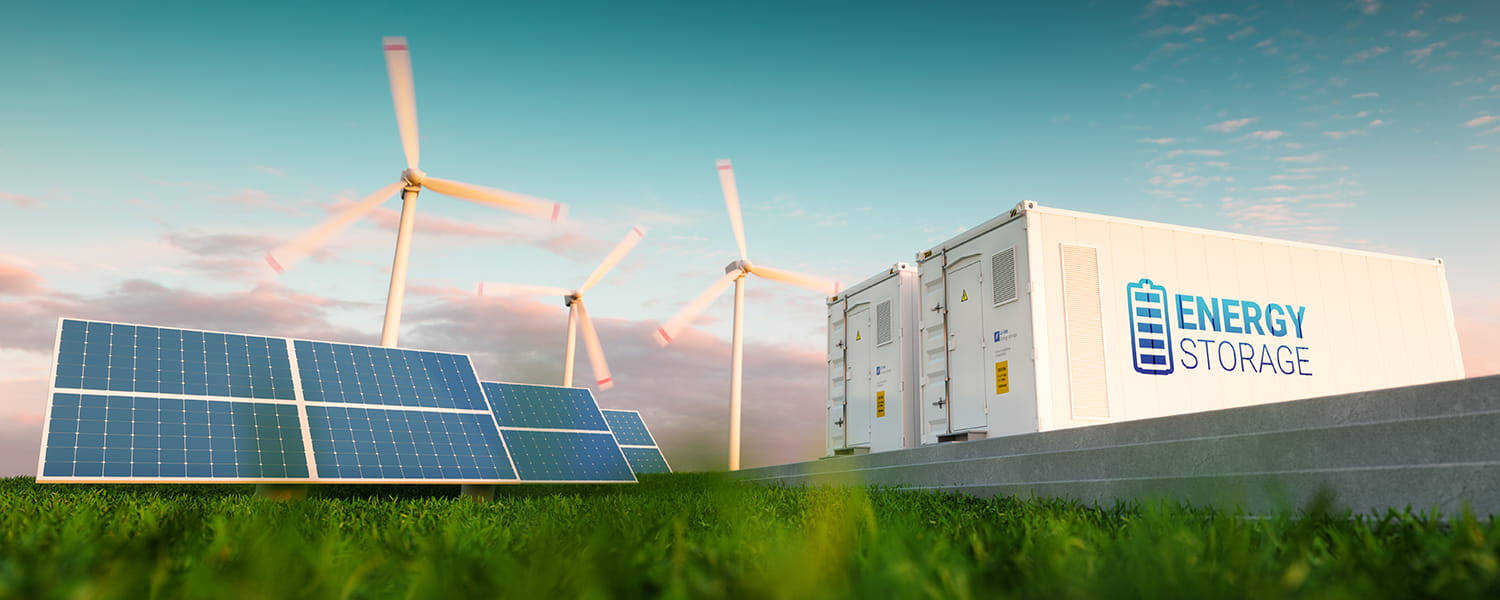
Michelle Isenhouer Hanlin
Senior Project Lead, Smart & Distributed Energy
Michelle’s experience in the energy industry has concentrated on energy project development and execution and power and energy strategy development. She is experienced in both large-scale renewable energy and natural gas-based generation through to microgrid and smart building development and has supported the development of over 50 power generation and storage projects. Project and portfolio management activities include technoeconomic analysis, preliminary design optimization, regulation and policy analysis, technology and systems analysis, financial risk identification and mitigation, and extensive stakeholder engagement and strategy development. Michelle is an active participant in the distributed energy space and has spoken at major conferences and events on the ins and outs of microgrid and distributed energy system viability.



